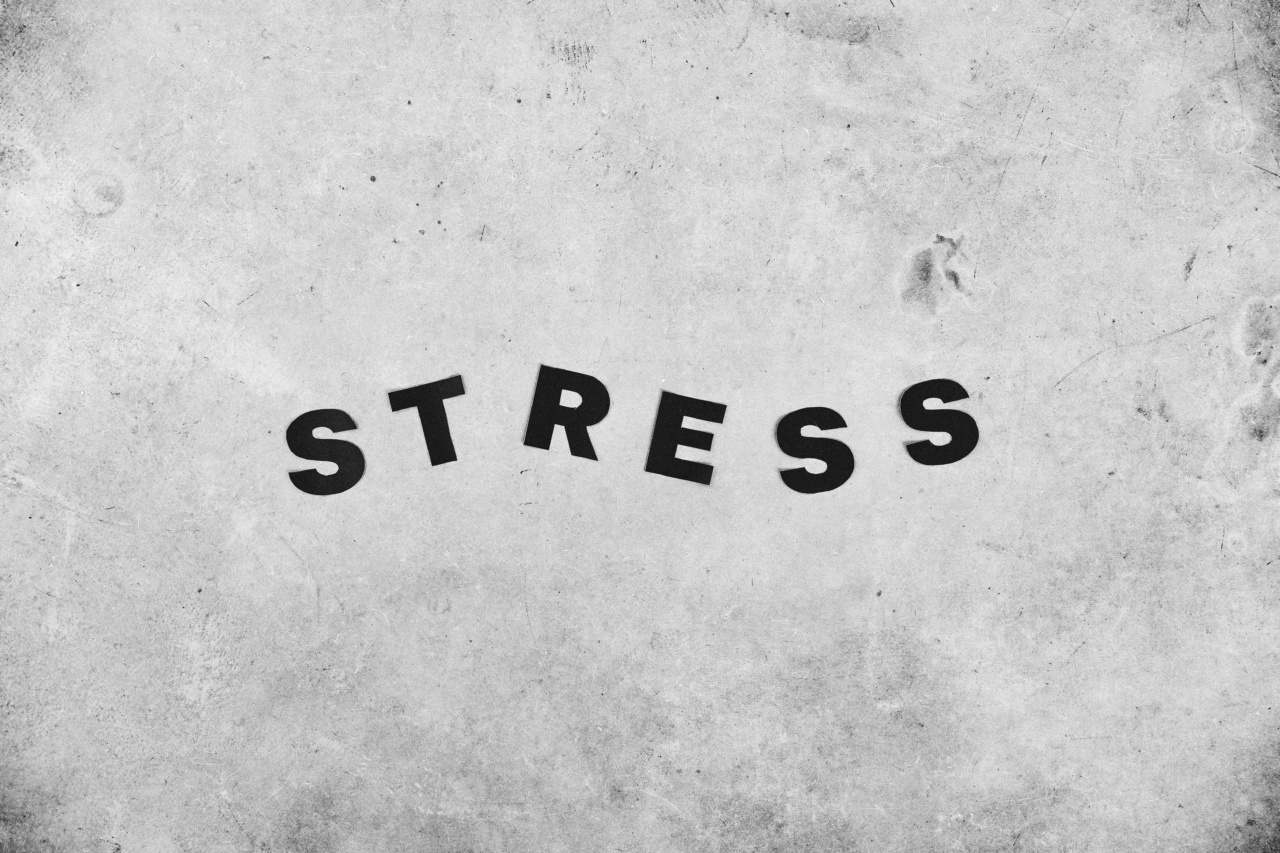Stress is an inevitable part of life. It can come from work, relationships, finances, or just daily life. While we cannot completely avoid stress, there are steps we can take to reduce its impact on our bodies.
High blood pressure, or hypertension, is often a result of chronic stress and can lead to serious health problems such as heart disease and stroke. Here are seven simple steps you can take to reduce your stress and lower your blood pressure:.
Step 1: Exercise Regularly
Exercise is a great way to reduce stress and is beneficial for keeping blood pressure within a healthy range. Exercise releases endorphins, which are natural mood enhancers that can help reduce stress and anxiety.
Physical activity also helps to improve blood flow, which can reduce the risk of hypertension. Aim to exercise for at least 30 minutes per day, most days of the week.
Step 2: Practice Deep Breathing
Deep breathing is a simple technique that can be done anywhere and can help to immediately reduce stress and lower blood pressure. It works by slowing down the heart rate and relaxing the muscles.
Close your eyes and take a slow, deep breath in through your nose. Hold for a few seconds and then slowly exhale through your mouth. Repeat for a few minutes, several times a day.
Step 3: Maintain a Healthy Diet
A healthy diet is key in maintaining a healthy weight, which is essential for managing blood pressure.
A diet rich in fruits, vegetables, whole grains, lean protein, and healthy fats can provide the nutrients needed to support a healthy heart and lower blood pressure. Limit sodium, saturated and trans fats, and added sugars in your diet.
Step 4: Get Enough Sleep
Getting enough sleep is important for overall health and can contribute to a reduction in stress and blood pressure.
Lack of sleep can increase stress hormones and cause the body to release more adrenaline, which can lead to an increase in blood pressure. Aim for seven to eight hours of sleep each night to help your body recover and rejuvenate.
Step 5: Limit Alcohol Consumption
Excessive alcohol consumption can lead to high blood pressure and can also contribute to stress and anxiety. It is important to limit alcohol intake and to do so in moderation.
The National Institute on Alcohol Abuse and Alcoholism recommends no more than one drink per day for women and no more than two drinks per day for men.
Step 6: Practice Mindfulness Meditation
Mindfulness meditation is a technique that can help to reduce stress and lower blood pressure. It is a form of meditation that involves focusing on the present moment and paying attention to the sensations in the body.
Practicing mindfulness meditation has been shown to reduce blood pressure and increase feelings of calm and relaxation. Start by finding a quiet space and sitting comfortably. Focus on your breath and bring your attention back to your breath whenever your mind wanders.
Step 7: Find Time for Relaxation
Relaxation is important to reduce the impact of stress on the body. It can be anything that helps you to unwind and de-stress. Schedule time each day to do something that you enjoy and that helps you to relax.
This can be reading a book, taking a bath, or spending time in nature. Even just a few minutes of relaxation can have a positive impact on your stress levels and blood pressure.
Conclusion
While stress is a natural part of life, it is important to take steps to reduce its impact on our bodies. High blood pressure can be a result of chronic stress and can lead to serious health problems.
These seven simple steps can help to reduce stress and lower blood pressure. Incorporating these habits into your daily routine can have a positive impact on your overall health and well-being.





























